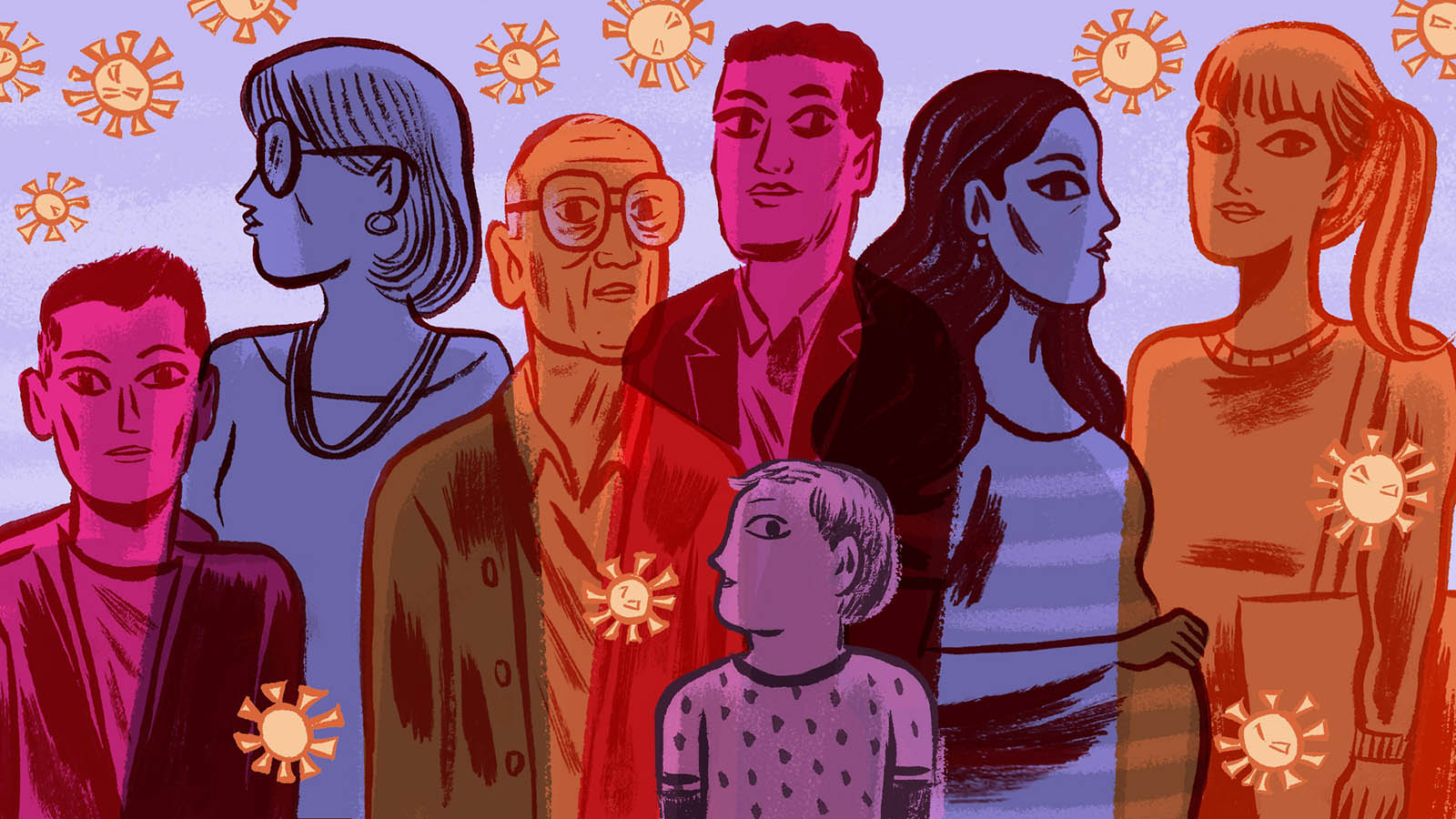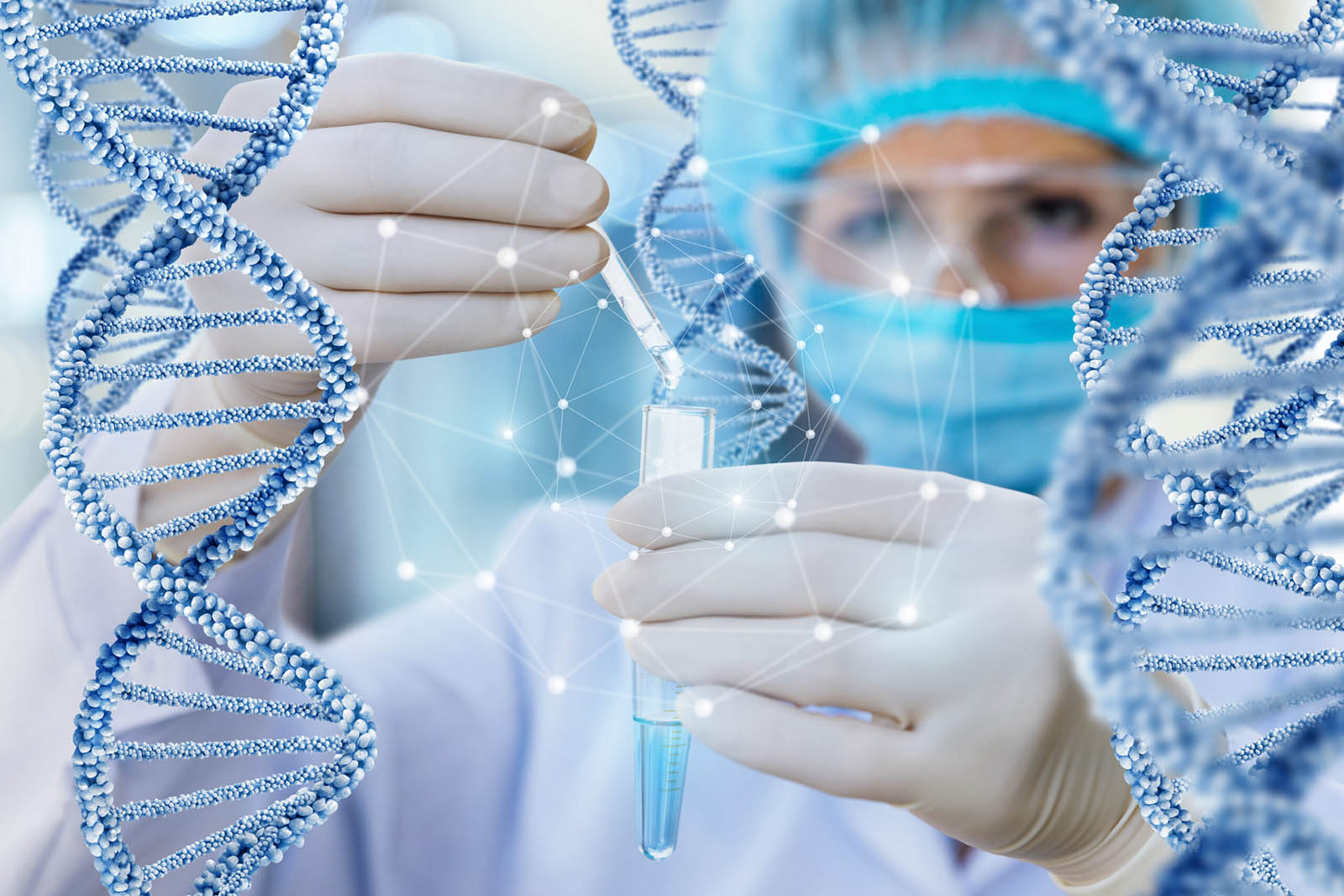
Is there a third strain of COVID spreading in California?
There’s more growing in California than oranges & avocados. Apparently, yet another strain of COVID-19 has been discovered in the state.

Homegrown menace
Scientists in California believe there is a homegrown COVID strain in the state that could be responsible for the dramatic rise in cases, a report said January 24, 2021.
The Los Angeles Times reported two independent research groups found the new strain, dubbed B.1.426, while looking for signs a more transmissible strain first identified in the United Kingdom was spreading throughout the Golden State. Instead, they found a new branch of the COVID family tree — one whose sudden rise and distinctive mutations have made it a prime suspect in California’s vicious holiday surge in cases.
As they pored over genetic sequencing data in late December and early January, the two teams saw evidence of the new COVID strain’s prolific spread leap off their spreadsheets. Though focused on different regions of the state, they uncovered trends that were both remarkably similar and deeply worrying.

Spreading quickly
One of the labs that discovered the new COVID strain, Cedars-Sinai Medical Center in Los Angeles, said it amounted to 24 percent of about 4,500 viral samples gathered throughout California in the last weeks of 2020. Another analysis found that 25 percent of 332 samples taken in Northern California were of the new strain.
“There was a homegrown variant under our noses,” Dr. Charles Chiu, a laboratory medicine specialist at University of California, San Francisco, told the newspaper. Chiu said they only found the strain when searching for the UK variant.
California’s death toll doubled in less than three months over the holiday season. The state has confirmed more than 3.1 million COVID-19 cases and 36,790 deaths.

Infection factors
While researchers suspect the new strain had a hand in the recent surge in cases, hospitalizations & deaths in California, it’s unclear to what degree it worsened the outbreak as other factors such as colder weather, holiday gatherings, travel and a disregard for public health measures have certainly played a role.
Dr. Eric Vail, a pathologist at Cedars Sinai, said the new COVID strain could be responsible for doubling the state’s death toll in the space of less than three months.“It probably helped to accelerate the number of cases around the holiday season,” Vail said.
“But human behavior is the predominant factor in the spread of a virus, and the fact that it happened when the weather became colder and in the midst of the holidays when people gather is not an accident.”

Chilling discoveries
Scientists in Chiu’s lab have already begun cultivating armies of the new COVID strain, derived from four patients recently infected with it. Creating large batches under controlled conditions is a first step in testing whether any of its mutations enhance its ability to latch onto, invade & hijack human cells. Those early efforts have raised cause for concern. “It grows pretty robustly,” Chiu said.
Adding to Chiu’s concern are the findings of other researchers at Howard University who engineered & tested a version of the coronavirus with the L452R mutation, which rose to prominence in a COVID strain that surfaced in Denmark in March. The Howard team found that the mutation helps the virus attach more firmly to human cells, potentially enhancing its transmission.

New concerns
Some damning evidence has already come to light. State health officials reported this week that a patient in Monterey County who had tested positive for an infection in April and recovered has now been infected with the new COVID strain, B.1.426.
That suggests that the new strain may be able to hide its presence from antibodies created after exposure to other versions of the virus — a phenomenon known as “immune escape”. If that’s the case, it might undermine the effectiveness of COVID-19 vaccines & antibody-based treatments.
In addition, the strain’s sudden prominence among viral samples in Northern California could be due in part to an unusually large outbreak at Kaiser Permanente San Jose Medical Center. “The takeaway is that this is a variant that’s becoming more prevalent and we need to lean in and understand more about it,” said Dr. Sara Cody, the health officer for Santa Clara County, where the facility is located.







